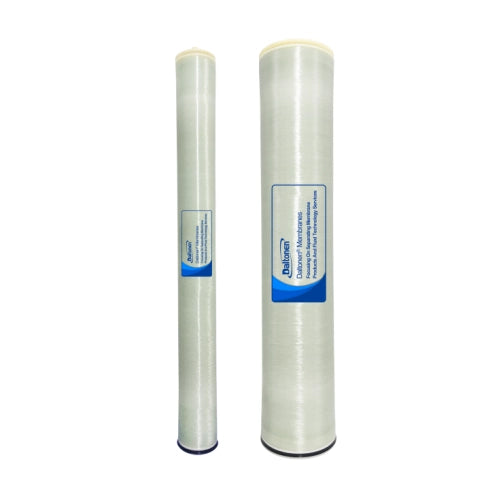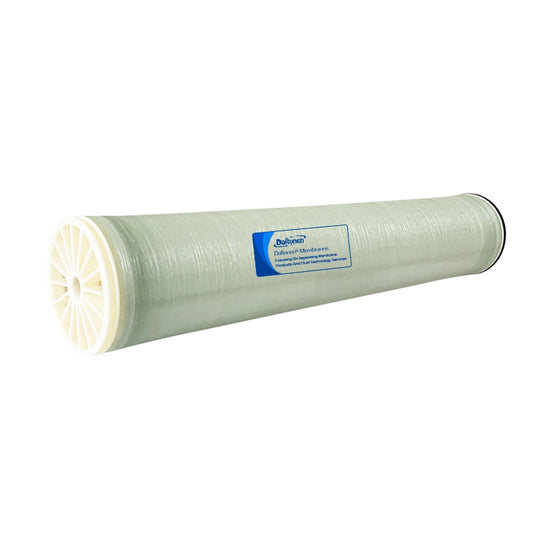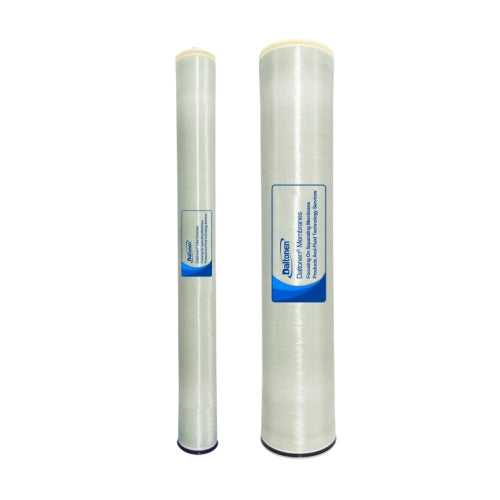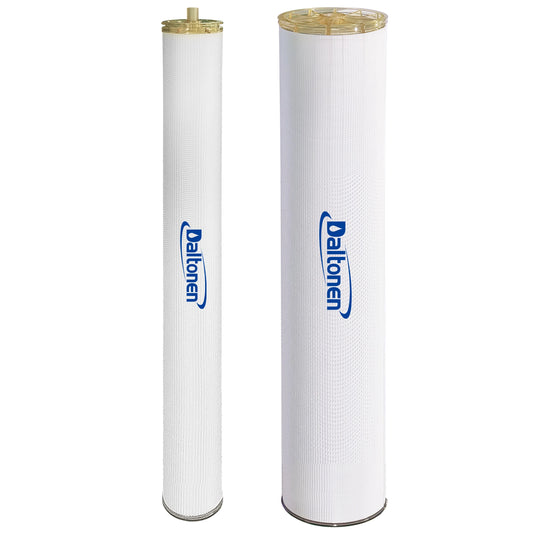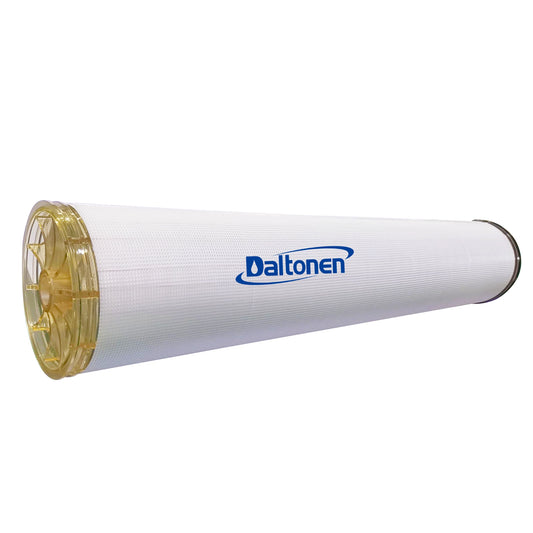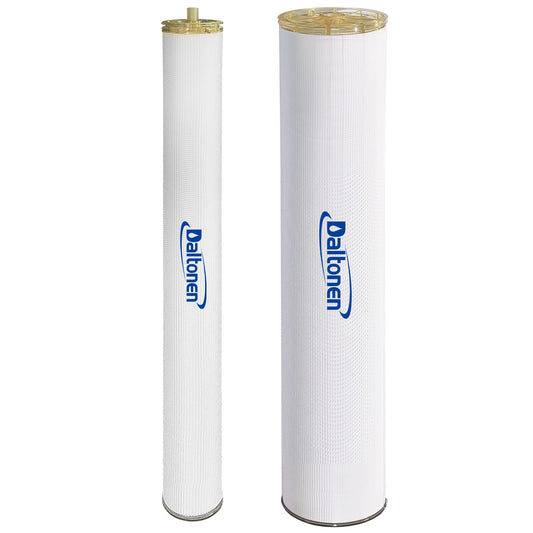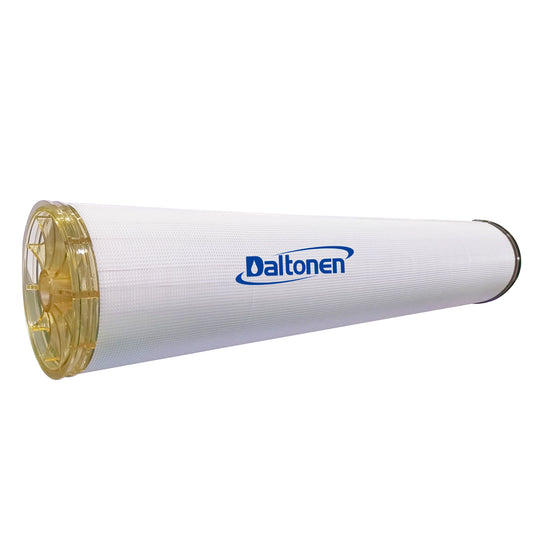Precautions for Ultra-High-Pressure Membrane Cleaning in Electroplating Wastewater Treatment
26 Jun 2025
Preparations Before Cleaning
-
Water Quality Analysis: Prior to cleaning, a detailed analysis of the electroplating wastewater quality is essential. This includes the concentrations of heavy metal ions, organic matter content, pH value, and suspended solids concentration. This information helps in selecting the appropriate cleaning agents and cleaning processes.
-
Membrane Condition Inspection: Inspect the appearance and performance of the membrane modules, including their integrity, presence of leaks, changes in pressure difference, and flux. If damage or severe fouling is detected, the membrane modules should be replaced or repaired promptly.
-
Cleaning Equipment Check: Ensure that the cleaning equipment, such as cleaning pumps, cleaning tanks, and pipelines, is in good working condition without leaks or blockages. The pressure and flow rate of the cleaning pump should meet the requirements of the membrane modules to avoid damage caused by excessive pressure.

Selection of Cleaning Agents
-
Chemical Compatibility: The cleaning agents selected must be chemically compatible with the membrane material to prevent chemical damage to the membrane. For instance, strong alkaline cleaning agents should be avoided for polyamide reverse osmosis membranes.
-
Targeted Cleaning: Choose cleaning agents based on the type of membrane fouling. For organic fouling, alkaline cleaning agents (such as sodium hydroxide solution) can be used; for inorganic salt scaling, acidic cleaning agents (such as citric acid, oxalic acid, etc.) are suitable; and for microbial fouling, oxidizing agents like sodium hypochlorite can be applied.
-
Cleaning Agent Concentration: Adjust the concentration of the cleaning agent according to the degree of membrane fouling and the manufacturer’s instructions. This ensures effective cleaning while avoiding damage to the membrane from overly high concentrations.
Operational Precautions During Cleaning
-
Control of Pressure and Flow: During ultra-high-pressure cleaning, strictly control the cleaning pressure and flow to avoid exceeding the design limits of the membrane modules. It is generally recommended to maintain a cleaning pressure of 0.5-1.0 MPa, with the flow rate adjusted according to the specifications of the membrane modules.
-
Temperature Control: Maintain the cleaning solution temperature within an appropriate range, typically between 20-40°C. Excessive temperatures can accelerate chemical corrosion of the membrane by the cleaning agent, while too low temperatures may reduce cleaning efficiency.
-
Circulation Cleaning: Use a circulation cleaning method to ensure that the cleaning solution circulates fully within the membrane modules, allowing thorough contact with the membrane surface and enhancing cleaning effectiveness. The circulation time is generally 30-60 minutes, depending on the degree of membrane fouling and cleaning results.
-
Segmental Cleaning: For longer membrane modules or systems, segmental cleaning can be employed. Clean the front end of the membrane modules first, followed by the rear end, ensuring that each section is thoroughly cleaned.
-
Monitoring Cleaning Effectiveness: Regularly monitor indicators such as the pH value, conductivity, and turbidity of the cleaning solution during the cleaning process, and observe changes in the color of the cleaning solution to assess the cleaning effectiveness. If the pollutant content in the cleaning solution is too high, replace the cleaning solution promptly.
Post-Cleaning Procedures
-
Rinsing: After cleaning, thoroughly rinse the membrane modules with clean water to ensure that all cleaning agents are removed, preventing further damage to the membrane from residual cleaning agents. Rinse until the pH value and conductivity of the cleaning solution are close to that of the feed water.
-
Performance Testing: Conduct performance tests on the membrane modules after rinsing, including water flux and rejection rate, to evaluate the cleaning effectiveness. If the membrane performance has not been restored to an ideal state, consider cleaning again or replacing the membrane modules.
-
Storage: Properly store the cleaned membrane modules to avoid prolonged exposure to air. If the membrane modules are not to be used temporarily, they can be soaked in a protective solution (such as a 0.5% sodium bisulfite solution) to prevent microbial growth and membrane surface drying.
Safety Precautions
-
Personal Protection: Operators should wear appropriate personal protective equipment, such as gloves, goggles, and protective clothing, during ultra-high-pressure membrane cleaning to prevent skin and eye damage from cleaning agents.
-
Good Ventilation: Ensure good ventilation in the operating environment, as harmful gases or vapors may be generated during the cleaning process, which could pose health risks to operators.
-
Emergency Measures: Have emergency treatment equipment and materials ready, such as acid-base neutralizers and first aid supplies, to handle any accidents promptly.
By strictly adhering to the above precautions, the effectiveness of ultra-high-pressure membrane cleaning in electroplating wastewater treatment can be significantly improved. This extends the service life of the membranes, reduces operating costs, and ensures the stable operation of the electroplating wastewater treatment system.
Tags:
